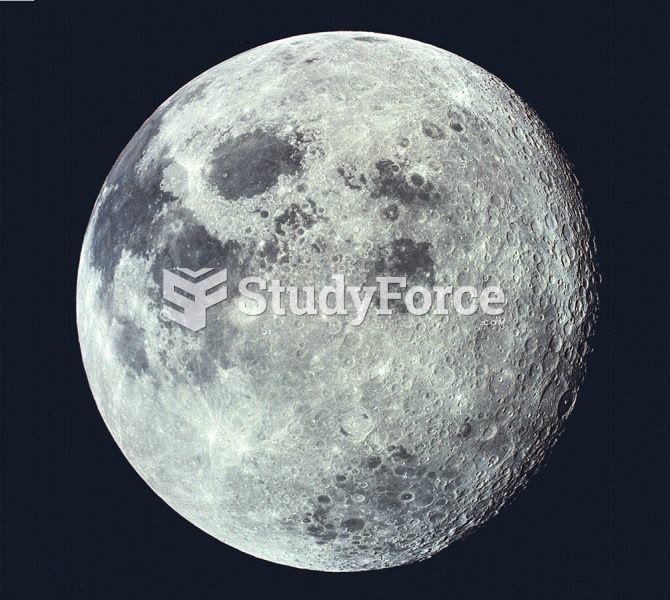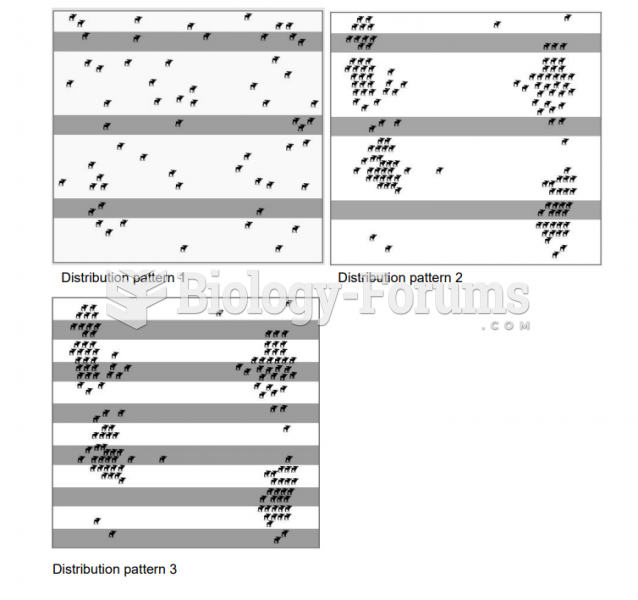The Moon doesn't actually change its size and shape on a monthly basis, of course; its full circular disk is present at all times. Why then don't we always see a full Moon? The answer to this question lies in the fact that, unlike the Sun and the other stars, the Moon emits no light of its own. Instead, it shines by reflecting sunlight. Half of the Moon's surface is illuminated by the Sun at any instant. However, not all of the Moon's sunlit face can be seen because of the Moon's position with respect to Earth and the Sun. When the Moon is full, we see the entire daylit face because the Sun and the Moon are in opposite directions from Earth in the sky. In the case of a new Moon, the Moon and the Sun are in almost the same part of the sky, and the sunlit side of the Moon is oriented away from us. At new Moon, the Sun must be almost behind the Moon, from our perspective.
a. The full circular disk of the Moon is present at all times; but as the Earth turns, parts of the Moon are hidden from view.
b. When the Moon is full, we see the entire daylit face because the Sun is shining directly on the Moon.
c. We see a half Moon more often than the other phases because half of the Moon is illumined by the Sun at any instant.
d. The Moon appears to change in size and shape because it shines by reflected sunlight; therefore, we see different sizes and shapes because of the Moon's position in respect to the Earth and Sun.
Question 2
Although many people claim to vote for the person, not the party, party identification remains a powerful influence in voter choice. Party ties among voters have weakened over time, with increasing proportions of voters labeling themselves as independents or only weak Democrats or Republicans, and more voters opting to split their tickets or cross party lines than did so a generation ago. Nevertheless, party identification remains one of the most important influences on voter choice. Party affiliation is more important in congressional than in presidential elections, but even in presidential elections the tendency to see the candidate of one's own party as the best person is very strong.
a. Too many voters have a tendency to see the candidate of their own political party as the best person for the position regardless of the stand on issues.
b. Congressional elections are influenced more by party affiliation than presidential elections because they are less publicized.
c. In voter choice, party affiliation remains one of the most important influences even though there are some who opt to split their tickets or cross party lines.
d. People are more liberal in choosing the best candidate today than they were a generation ago.







